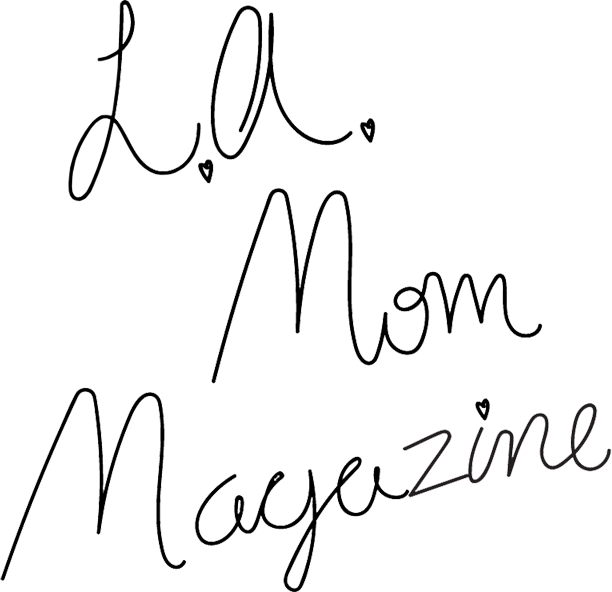By Dr. Trevor Holly Cates
 We all want our children to be safe, but research and case studies show more and more substances that were created to protect our children are actually toxic. The question we have at the moment is not if chemicals are a problem for our children’s health, but how. Pediatric health problems caused by environmental toxins and air pollution cost the U.S. $76.6 billion annually, that’s 3.5% of our country’s total health care costs, according to the Mt. Sinai School of Medicine.
We all want our children to be safe, but research and case studies show more and more substances that were created to protect our children are actually toxic. The question we have at the moment is not if chemicals are a problem for our children’s health, but how. Pediatric health problems caused by environmental toxins and air pollution cost the U.S. $76.6 billion annually, that’s 3.5% of our country’s total health care costs, according to the Mt. Sinai School of Medicine.
A recent study in Environmental Health Perspectives found that children exposed to pesticides while in the womb had poorer intellectual development than other children. And, the amount of pesticide concentrations in this study were “within the range of levels measured in the general U.S. population” (10.1289/ehp.1003185). This is one of many studies showing up in recent research about the harmful affect chemicals can have on our children.
Many parents and doctors are starting to express concern about the health implications and which substances should be avoided. The American Academy of Pediatrics recently created a new policy statement asking the government to update the Toxic Substance Control Act and improve safety information about toxic substances.
Where do we find these toxic substances? They are in our air, water, food and personal care products. Pesticides, BPA, fire retardants, lead and mercury are a few that show up in the news, but there are many more chemicals that negatively impact our health.
How do these substances affect children? Infants and children are particularly susceptible to pesticides and other environmental toxins since their organs are small and still developing. Since their liver and other organs are not fully developed, children’s bodies have a more difficult time removing these substances from their bodies. Small children have a greater risk of exposure because of mouthing objects and hand contact with floors. Also, in relation to their body weight, children eat and drink more than adults, increasing their exposure to pesticides in food and drinks. Ingesting toxic substances can block the absorption of important nutrients in food necessary for healthy growth.
What can I do? You don’t have control of every exposure your children have, but you do have control over your home environment, so start there. Choose organic clothing or wash new clothes before wearing to reduce chemicals in fabrics such as fire retardants and pesticides.
- Avoid hazardous cleaning products. Baking soda, lemon juice and vinegar will clean just about everything in your house.
- Avoid chemical pesticide use in your home and yard. Many natural alternatives are available.
- Use a combination hepa and ionizing air filter in your home to reduce airborne allergens and toxins. If you can filter the entire the home, that is best, but the bedroom is the most important room to filter since we spend much of our time there.
- Consider a water filtration/purification system, and use shower and bath filters to remove chlorine and other chemicals. To choose the right system, you may want to have your water tested. I generally recommend reverse osmosis filtration systems for drinking water.
- Reduce plastic cups, plates, utensils and food storage. Instead, serve and store food and drinks in stainless steel, glass, or lead-free ceramic. Plastics are known to contain EDCs, and while some plastics are better than others, it’s better to avoid plastics when possible.
- Avoid large carnivorous fish: swordfish, shark, tuna, halibut, king mackeral, tilefish, as well as farm-raised and European salmon which are contaminated with heavy metals and PCBs.
- Avoid harmful bug sprays. Some essential oils work well to repel insects such as citronella, rosemary, thyme, and peppermint.
- Take a closer look at your personal care products such as soaps, shampoos, and sunscreens. Many of these products contain harmful chemicals.
- Choose toys carefully. Look for lead free and BPA free toys.
- Eat organic foods as much as possible to reduce exposure to pesticides. At the least, select organic when eating from the list of the “dirty dozen” most pesticide-laden produce: celery, peaches, strawberries, apples, blueberries (domestic), nectarines, sweet bell peppers, spinach, cherries (US), kale/collard greens, potatoes, and grapes (imported) (Environmental Working Group).
Dr. Trevor Holly Cates received her medical degree from the National College of Natural Medicine and was the first woman licensed as a naturopathic doctor in California. In addition to private practice, Dr. Cates was appointed by Governor Arnold Schwarzenegger to California’s Bureau of Naturopathic Medicine Advisory Council. For more information, visit http://www.DrTrevorCates.com
